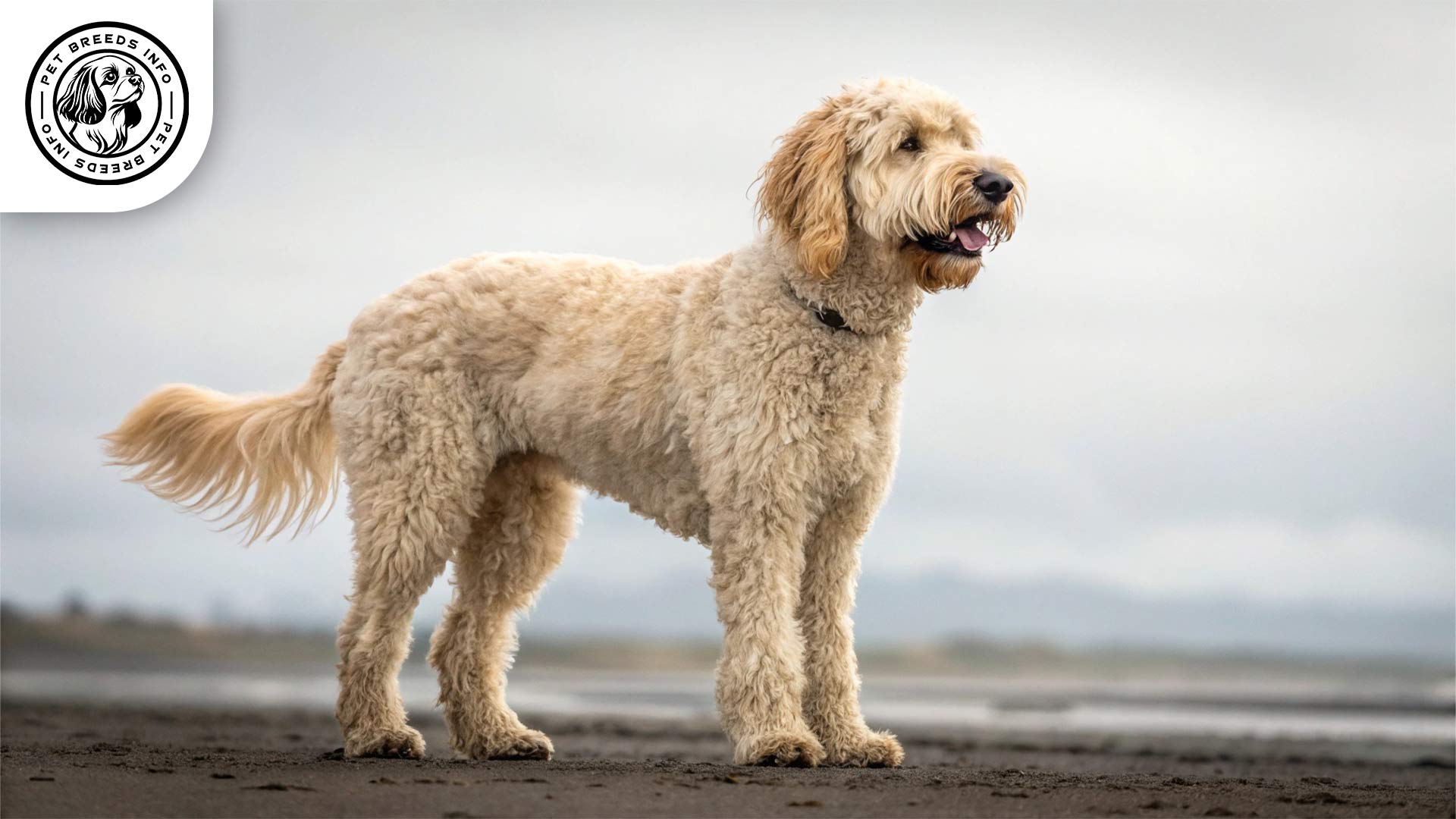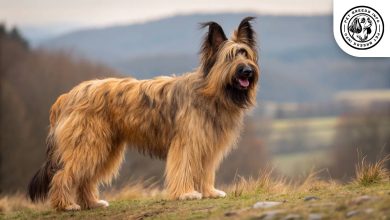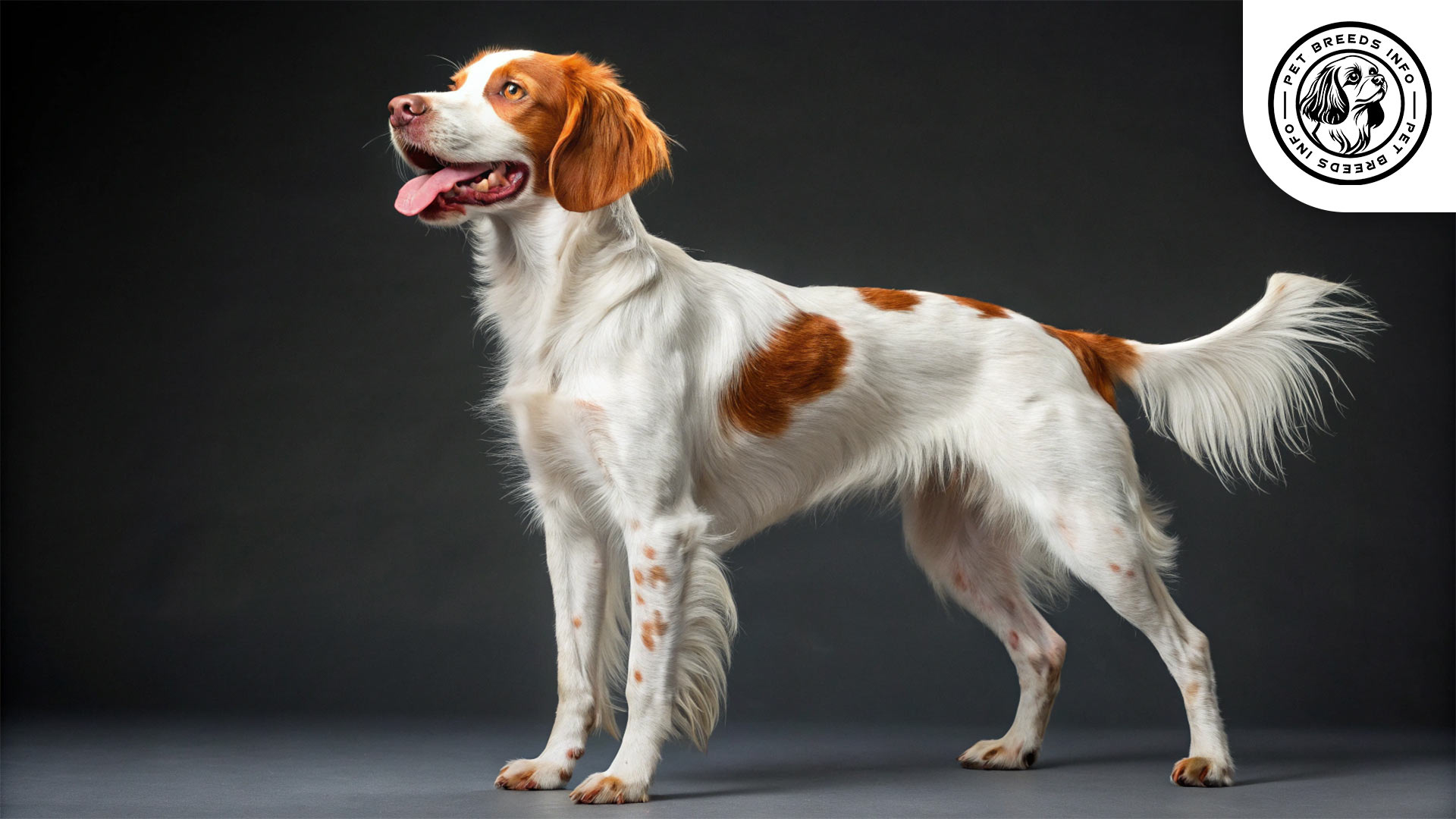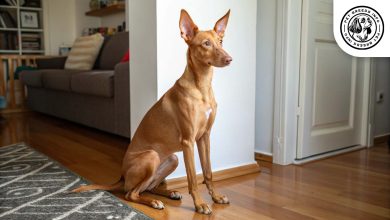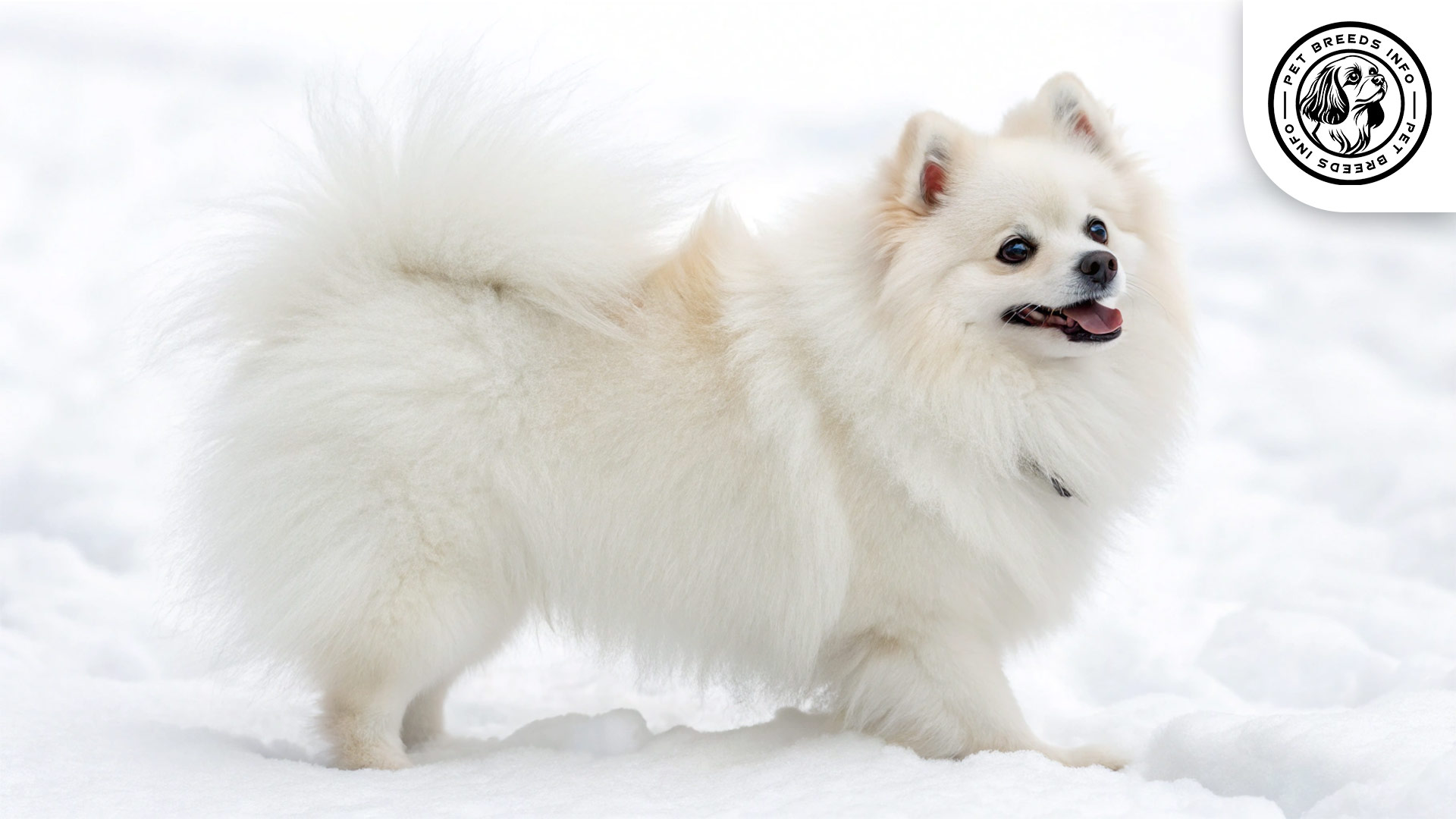Labradoodle Dog Breed: Size, Health, Price & Personality
General Introduction of the Breed
The Labradoodle is a hybrid breed resulting from a cross between a Labrador Retriever and a Poodle. It is also sometimes referred to as an Australian Labradoodle, particularly for multigenerational lines selectively bred in Australia.
This breed originated in Australia in the late 1980s when breeders sought to create an intelligent, hypoallergenic service dog with the friendly nature of the Labrador Retriever and the low-shedding coat of the Poodle.
Table of Contents
| Weight | 15-65 lbs (7-30 kg) |
| Lifespan | 12-15 years |
| Diet | High-quality kibble, wet food, or raw diet |
| Care | Regular brushing, exercise, hygiene maintenance |
| Health | Prone to hip dysplasia, PRA, allergies |
| Color | Cream, chocolate, black, apricot, red, silver |
| Nature | Friendly, intelligent, social |
| Price | $1,500 – $3,000 |
Physical Characteristics
Labradoodles come in three different sizes depending on the Poodle parent: miniature, medium, and standard. Their height ranges from about 14 to 24 inches (35 to 60 cm), and they weigh between 15 to 65 pounds (7 to 30 kg).
Their coat can be straight, wavy, or curly, with common colors including cream, chocolate, black, apricot, red, and silver.
They typically have round, expressive eyes in shades of brown or hazel.
The ears hang down close to the head, and their tails are long and slightly curved.
A distinctive trait of the Labradoodle is its fluffy, wavy, or curly coat, which may vary in texture between individuals.
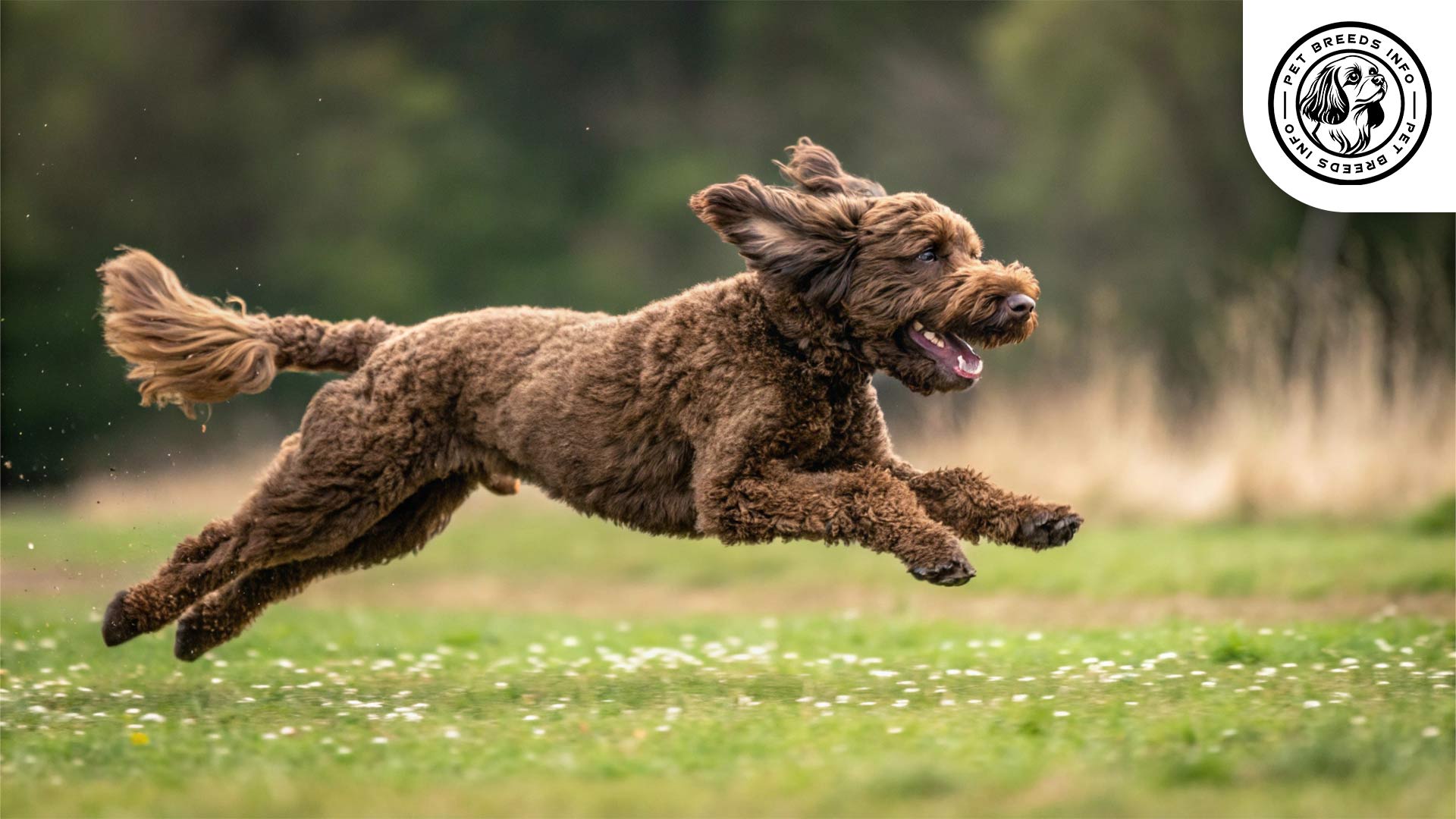
Personality and Temperament
Labradoodles are highly intelligent dogs, making them easy to train and quick learners.
They have high energy levels and require regular exercise and mental stimulation.
They are highly affectionate and form strong bonds with their owners, making them excellent family pets.
This breed is known for its friendly and social nature, making it great with children, strangers, and other pets.
They tend to be playful and enjoy games like fetch and agility training.
Sensitive to environmental changes, they thrive in a home with a stable routine and plenty of social interaction.
Care and Maintenance Requirements
Daily exercise is essential for Labradoodles. They enjoy walks, runs, swimming, and interactive games.
They can adapt to apartment living but are best suited for homes with space to play.
Their grooming needs vary depending on their coat type. Curly coats require regular brushing to prevent matting, while wavy coats need moderate maintenance.
They are generally well-suited to most climates but may need extra care in extreme heat or cold.
Read More: Trigg Hound Dog
Regular hygiene routines such as bathing, nail trimming, ear cleaning, and dental care should be maintained to keep them healthy.
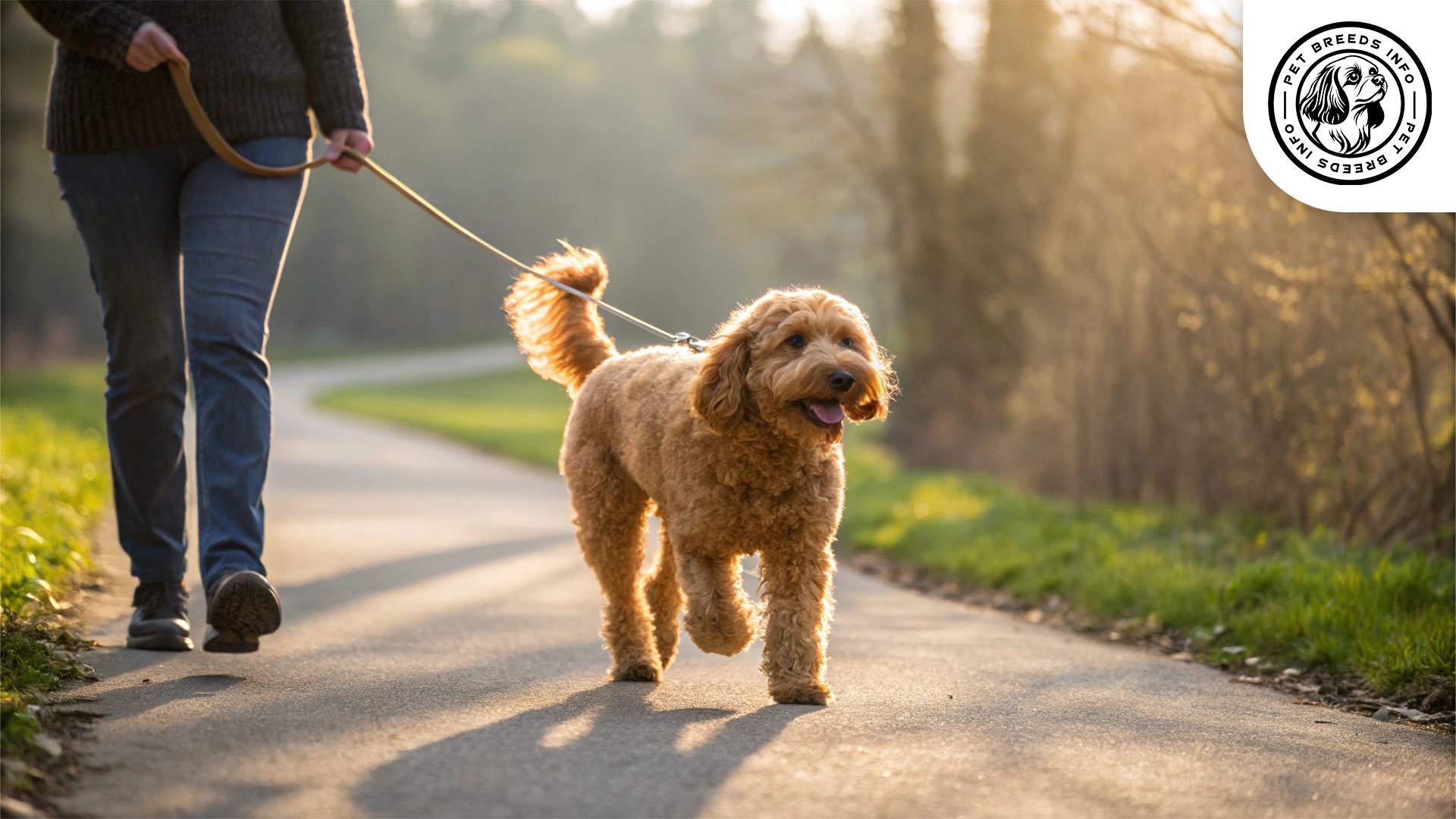
Diet and Nutrition
Labradoodles do well on high-quality dry kibble, wet food, or raw diets, as long as they meet their dietary needs.
They should be fed a well-balanced diet rich in proteins, healthy fats, and essential nutrients.
Foods to avoid include chocolate, grapes, onions, and excessive human food that could be toxic to dogs.
Portion sizes should be based on their age, size, and activity level, typically divided into two meals per day.
Health and Common Medical Issues
Labradoodles may be prone to genetic conditions such as hip dysplasia, progressive retinal atrophy (PRA), and allergies.
They may also have sensitivities to certain foods or environmental factors.
The average lifespan of a Labradoodle ranges from 12 to 15 years with proper care.
Routine veterinary check-ups, vaccinations, and preventive healthcare are crucial to maintaining their well-being.
Training and Behavior Management
Labradoodles are highly trainable due to their intelligence and eagerness to learn.
Consistent, positive reinforcement training methods work best for this breed.
Read More: Wetterhoun Dog
Early socialization and obedience training help ensure well-rounded behavior.
Regular reinforcement of good behavior and routines will help them thrive as well-mannered pets.
Interaction with Other Animals and Humans
This breed is excellent with children and loves to be part of the family.
They generally get along well with other pets, particularly when socialized from an early age.
Labradoodles are ideal for families, active individuals, or those seeking a friendly companion dog.
They tend to be affectionate and thrive with attention from their owners.

Price and Availability
The cost of a Labradoodle varies, with prices typically ranging from $1,500 to $3,000, depending on lineage and breeder reputation.
When adopting, it is important to choose only reputable breeders who conduct health screenings.
Adoption from shelters or rescue organizations is also a great option, as many Labradoodles need loving homes.
Conclusion and Final Thoughts
The Labradoodle is a fantastic companion for families, individuals, and active owners who can provide proper care and exercise.
Ideal for those seeking an affectionate, intelligent, and social pet with minimal shedding.
Potential owners should consider the breed’s energy levels, grooming needs, and social requirements before making a decision.
Read More: Zuchon Dog
With love, care, and proper training, the Labradoodle makes a loyal and joyful addition to any home.
FAQ
Are Labradoodles easy to train?
Yes, they are highly intelligent and respond well to positive reinforcement training.
What are common health concerns for Labradoodles?
They may develop hip dysplasia, progressive retinal atrophy (PRA), and allergies.
Can Labradoodles live in apartments?
Yes, but they need plenty of exercise and mental stimulation to stay happy in smaller spaces.
Are Labradoodles good with children?
Yes, they are friendly and affectionate, making them excellent family pets.
